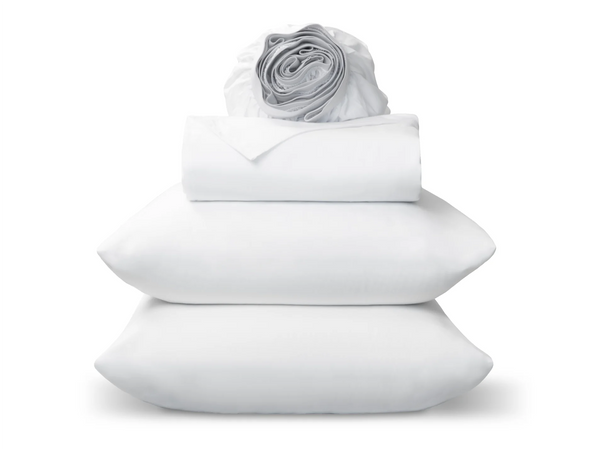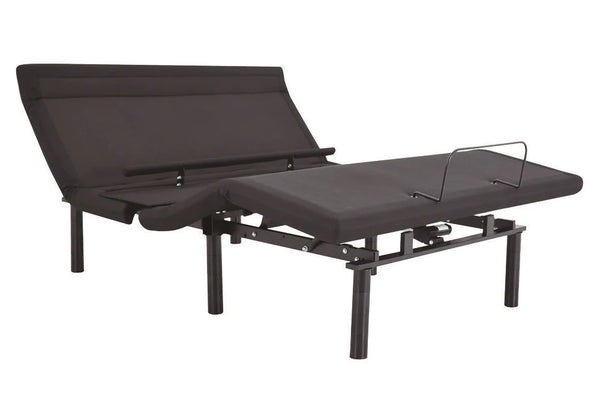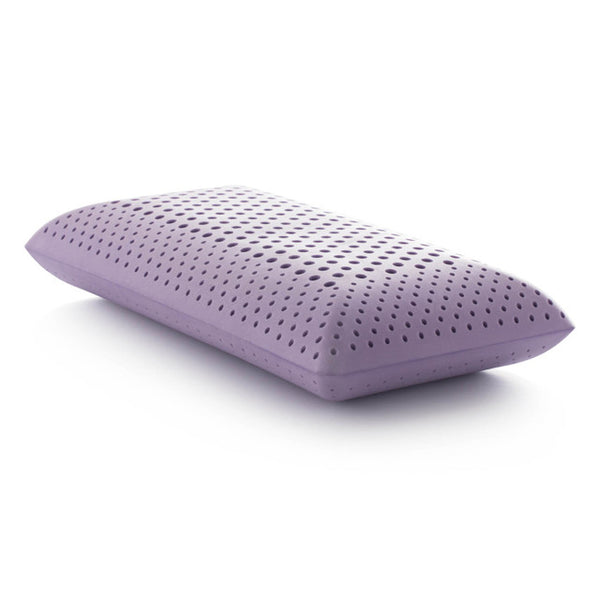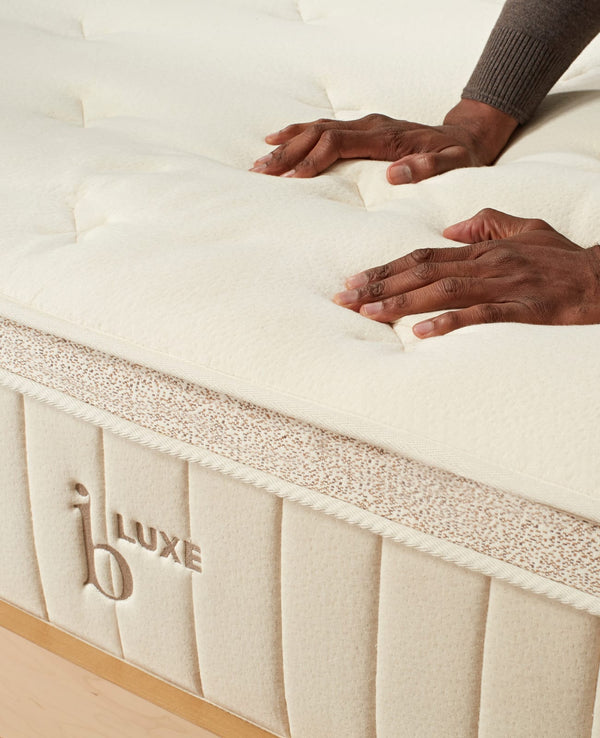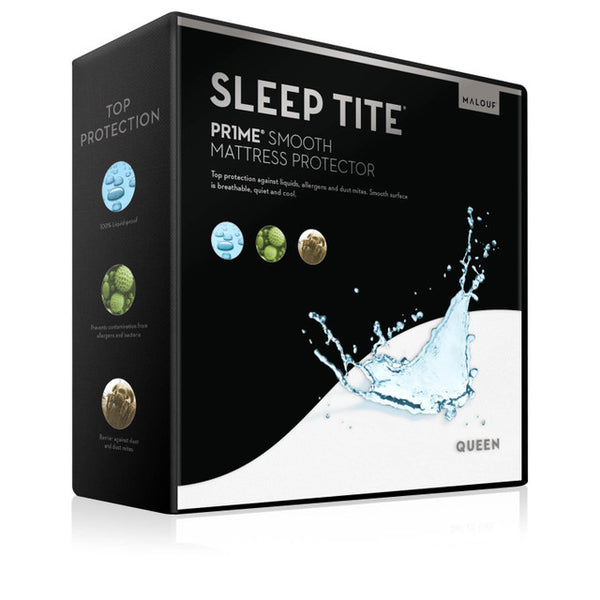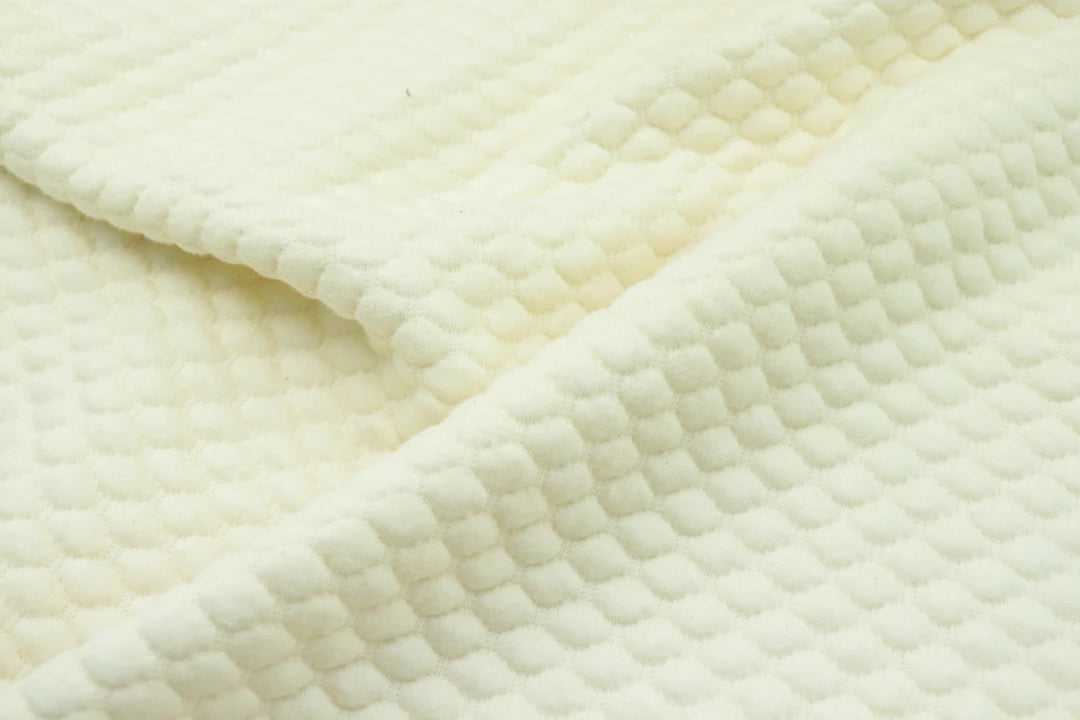
Frequently Asked Questions
1. Why is it important to maintain my mattress?
2. What are the different types of mattresses and their care requirements?
3. How often should I clean my mattress and what steps should I take?
4. When should I rotate or flip my mattress?
5. How can I tell if it's time to replace my mattress?
A mattress is an essential investment for a good night's sleep and overall health. Just as you would regularly care for your car or your home, your mattress too requires proper maintenance to ensure its longevity and hygiene. In this guide, we’ll dive deep into the best practices for maintaining and caring for your mattress, providing you with tips and strategies to keep it in the best possible condition.
Understanding Your Mattress Types
Before diving into maintenance, it's crucial to understand the type of mattress you have. Different materials require different care methods:
- Innerspring: These mattresses contain coils and often have a tighter surface. Regular care involves flipping and rotating.
- Memory Foam: Known for its body-conforming properties, memory foam requires slightly different cleaning methods as it can be sensitive to certain chemicals.
- Latex: Durable and hypoallergenic, latex mattresses also benefit from regular cleaning but are often more resilient to dust mites and allergens.
- Hybrid: Combining different materials, hybrids may require a combination of specific maintenance methods to preserve their unique qualities.
Regular Cleaning Routine
1. Strip the Bedding
The first step to maintaining your mattress is to regularly strip it of all bedding. This includes sheets, pillowcases, and mattress protectors. Aim to wash your bedding every one to two weeks to keep skin oils and dust mites at bay. When washing, consider using hot water to effectively kill bacteria and dust mites.
2. Vacuum the Mattress
Once you've stripped the bed, vacuuming is a must. Using a handheld vacuum or an attachment for your upright vacuum, you can remove dust, hair, and other debris that might have accumulated. Make sure to go over the entire surface, including the sides, which can also collect dust and allergens.
3. Spot Clean Stains
Accidents happen, and spills can lead to stains on your mattress. When spot cleaning, it’s essential to act quickly. Use a clean cloth and a mild detergent solution to dab the affected area, removing the stain gently without soaking the mattress. Always allow the area to dry completely before reapplying bedding.
Rotating and Flipping Your Mattress
The Importance of Rotation
Many mattresses benefit from regular rotation; this helps to ensure even wear. Depending on your mattress type, you should rotate it every three to six months to maintain its shape and comfort. This action helps prevent sagging and prolongs mattress life.
Flipping Your Mattress
For dual-sided mattresses, flipping is essential. This practice allows both sides to wear evenly, enhancing comfort and durability. If your mattress is flippable, consider doing this in the same timeframe as your rotations—every three to six months.
Using a Mattress Protector
Investing in a quality mattress protector is one of the most effective ways to maintain your mattress. A protector creates a barrier against spills, allergens, and dust mites, extending the life of your mattress significantly. Make sure to wash your protector regularly following the manufacturer’s instructions.
Maintaining Mattress Hygiene
1. Let It Breathe
Every month, give your mattress some fresh air. Remove all bedding and allow the mattress to breathe. This process helps to evaporate moisture and eliminate any odors that may have accumulated over time.
2. Keep Allergens at Bay
For those with allergies, maintaining a clean sleeping environment is crucial. Regular vacuuming, using hypoallergenic bedding, and ensuring good ventilation in the bedroom can help reduce allergen exposure. Additionally, consider using a mattress cover that is both breathable and hypoallergenic.
Temperature and Humidity Control
The environment you keep your mattress in can greatly affect its lifespan. Excess humidity can lead to the growth of mold and mildew, while extreme dryness can cause materials to degrade. Maintain a balanced bedroom climate with a relative humidity level between 30-50%. Using a dehumidifier or air conditioner can help keep the environment comfortable and dry.
When to Replace Your Mattress
Even with the best care and maintenance, every mattress has a lifespan. Here are some signs that it might be time to replace your mattress:
- Visible Sagging: If your mattress shows signs of sagging or indentations, it’s likely losing its support.
- Increased Allergies: If your allergies worsen, it could be a sign of accumulated dust mites, mold, or mildew.
- Persistent Pain: If you wake up with ongoing back pain or stiffness, your mattress might no longer provide adequate support.
- Unpleasant Odors: A lingering odor may indicate mold or trapped moisture in the mattress.
Conclusion: Sleep Soundly with Proper Care
Maintaining and caring for your mattress doesn’t have to be a daunting task. By integrating these simple yet effective practices into your routine, you can ensure your mattress remains in optimal condition for years to come. Remember that a well-cared mattress translates to a better night’s sleep, which is ultimately what we all strive for. By investing time in mattress maintenance, you're not just preserving your mattress—you’re enhancing your overall well-being and sleep experience.
Discover the creations of a fellow Shopify or Wix store owner. Check out their online store here. Please remember that this is a promotional link, and we are not liable for the content of the linked store.


